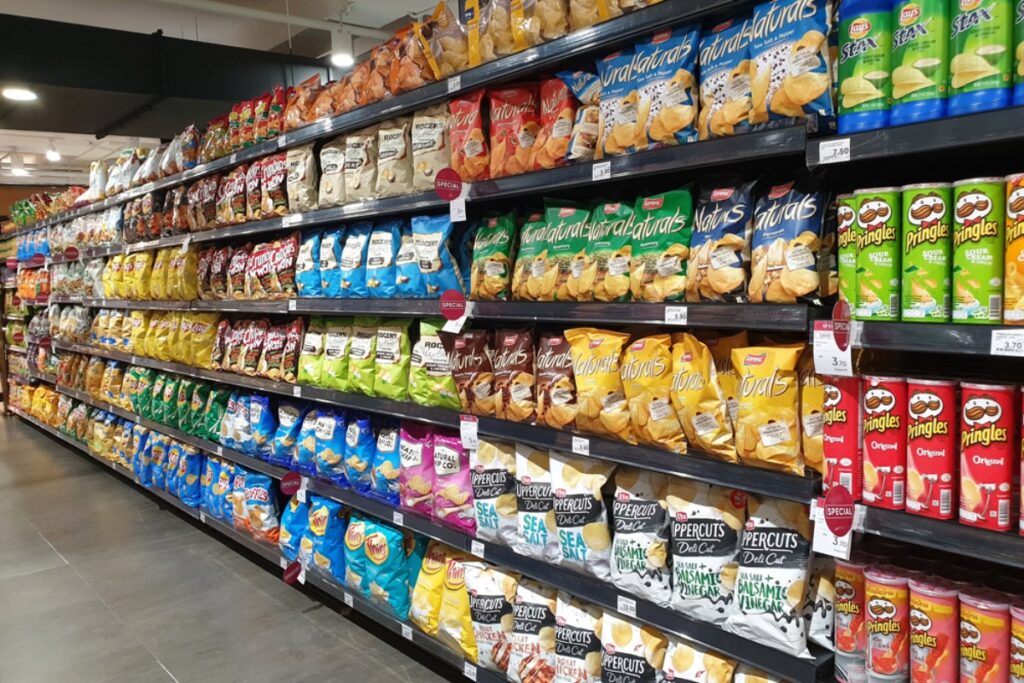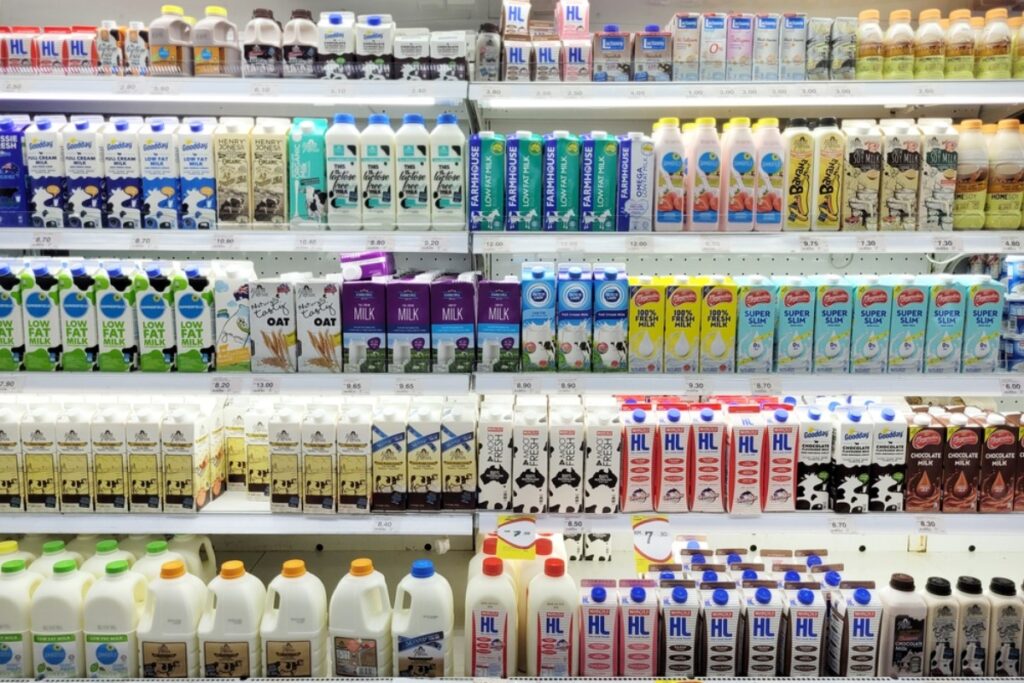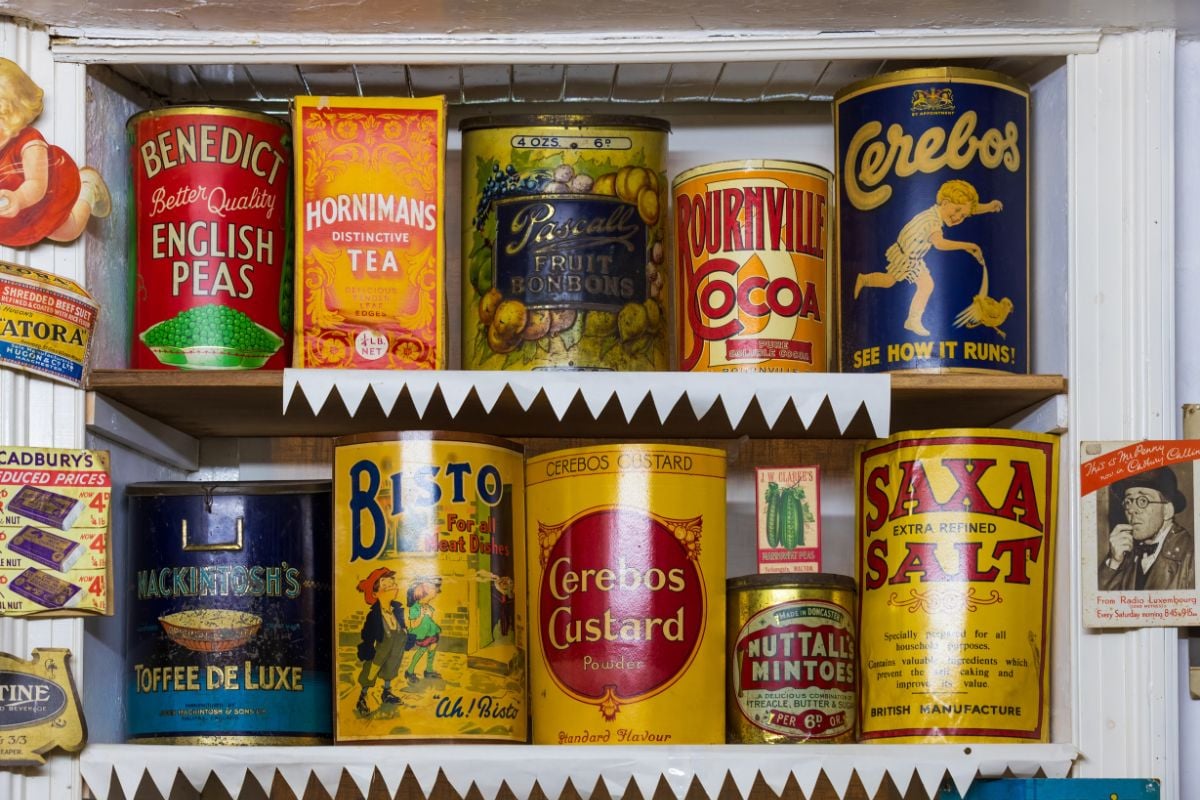What Grocery Shopping Looked Like in the 1960s
Ever wondered how your parents or grandparents did their weekly grocery run? Picture smaller stores, bright signs, and neighbors catching up while grabbing apples or sharing a favorite recipe.
Shopping felt like a social event. Families often went together, turning errands into a chance to connect.
1920s: Rise of the First Large Grocery Stores

The 1920s brought a big shift in how people bought their food. Instead of hopping from the butcher to the bakery, you could now find many items under one roof.
Chains like Safeway and Kroger started popping up. These stores were still small but introduced a new way to shop: self-service.
Now, you could pick out your own groceries instead of waiting for a clerk. Parking lots made it easy to drive in and shop at your own pace.
By the end of the decade, thousands of these stores had opened. Grocery shopping was becoming faster and more convenient for families.
1930s: Introduction of Self-Service Model by Piggly Wiggly
The 1930s saw another big change thanks to Piggly Wiggly. Before this, you’d hand your list to a clerk who gathered everything for you.
Piggly Wiggly let you stroll the aisles and pick out your own items. This made the whole process quicker and gave shoppers more control.
Checkout stands became the norm, letting you pay right at the end. Stores could save money with this system, and those savings often meant lower prices for you.
Self-service shopping spread quickly, shaping the grocery experience for decades to come.
1940s: Neighborhood Markets with Bakery and Pharmacy Sections

In the 1940s, local markets were at the heart of the community. Walking in, the smell of fresh bread from the bakery section greeted you.
Many stores had a small pharmacy, so you could pick up medicine along with your groceries. This made errands a bit easier.
Shelves were lined with brands you might still recognize today. Eggs, cocoa, canned goods, and dry foods all had their place.
Clerks often knew customers by name and helped bag your groceries. Bringing your own basket or bag was common.
These markets felt warm and welcoming, offering more than just food.
1950s: Growing Popularity of Supermarkets with Wide Aisles
The 1950s brought bigger supermarkets with wide aisles and plenty of space. Shopping felt less cramped, and you could browse at your own pace.
Fresh produce, canned goods, and the new concept of frozen foods were all easy to find. Air conditioning and better lighting made trips more comfortable.
One-stop shopping became standard. No more running to multiple specialty stores for meat or bread.
Frozen foods meant you could plan meals ahead and shop less often. Supermarkets were starting to look a lot more like the ones you visit today.
1960s: Brightly Lit Stores Focusing on Branded Packaged Goods

Walking into a grocery store in the 1960s, you’d notice bright lights and organized shelves. Most products were packaged goods with colorful logos.
Brands were everywhere, often advertised on TV and featuring cartoon mascots. Shopping with kids could be an adventure as they spotted their favorite characters.
Frozen meals and desserts were gaining popularity. Bold signs and creative displays made it easy to spot something new.
Neighbors often stopped to chat or swap recipe ideas in the aisles. The store was a friendly hub where shopping felt both practical and social.
1970s: Focus on Health Foods and Natural Products
By the 1970s, people started caring more about what went into their food. Stores added sections for organic fruits and vegetables.
Health food shops began to appear, offering whole grains, natural juices, and vitamins. Packaging often had earthy tones to signal something was natural.
Shopping meant seeing both familiar products and new health-focused options. This was the start of a movement that would keep growing.
1980s: More Convenience Items and Frozen Foods

The 1980s made grocery shopping all about convenience. Ready-to-eat meals and frozen foods filled the aisles.
Neon signs and colorful packaging made the experience lively. Stores offered more quick options to fit busy lifestyles.
Frozen foods brought new flavors and easy snacks to your home. Some of those fun items are still favorites today.
Supermarkets kept looking for ways to make shopping and meal prep simpler for everyone.
1990s: Expansion of Big-Box Grocery Superstores
In the 1990s, grocery shopping often meant heading to massive superstores. You could pick up food, clothes, and electronics all in one trip.
Walmart and similar stores grew quickly, offering lower prices and more convenience. These supercenters saved you time by putting everything under one roof.
Self-checkout lanes and the first online shopping options started to appear. The way people shopped was changing fast.
Early 1900s: Small Corner Stores with Wooden Shelves

At the start of the 1900s, grocery shopping meant a visit to the corner store. These family-run shops had wooden shelves stacked with essentials.
You didn’t just grab items yourself—a grocer weighed and packed everything for you. Shopping was a chance to catch up with neighbors while you waited.
The selection was limited, but the atmosphere was cozy and familiar. These stores were small gathering spots for the community.
Mid-century: Cashiers Using Manual Checkout Systems
In the 1960s, checkout was a hands-on job. Cashiers rang up each item on heavy mechanical registers, their fingers flying over the keys.
The clatter of coins and the ding of the register were part of the shopping experience. Cashiers needed skill and speed to keep the line moving.
Each price was entered by hand, and you paid with cash or a check. It was a slower process, but it felt personal.
How Supermarkets Changed the Shopping Experience

By the 1960s, supermarkets gave shoppers more freedom. You could choose your own products and fill a cart as you walked the aisles.
Store layouts guided you past displays and new products, making it easy to find what you needed and maybe discover something new.
Rise of Self-Service Shopping
Self-service became the standard. With a shopping cart in hand, you could buy more at once and compare products on your own.
Stores responded by stocking more variety. Shopping became faster and offered more choices for everyone.
In-Store Design and Layout
Supermarkets used wide aisles and bright lighting to make shopping easier. Essentials like bread and milk were often placed at the back, so you’d see more along the way.
Clear signs and organized sections helped you find things quickly. Eye-catching packaging made products stand out and encouraged you to try something different.
Payment Methods in the 1960s

In the 1960s, most people paid with cash or checks. Credit cards were still new and not widely used.
The process was slower than today, but there was a personal touch to every transaction.
Cash and Check Transactions
Picture yourself at the grocery store in the 1960s, reaching for your wallet as the cashier tallies your items. Cash was the go-to method, and the clatter of mechanical registers filled the air.
The “ka-ching” of the cash drawer signaled that your transaction was done. There was something satisfying about that simple exchange.
Checks were another common way to pay. Many people felt comfortable handing over a check at the register.
It was important to make sure there was enough money in your account. Bounced checks were a real hassle and could cause embarrassment.
Stores often kept their checkbooks and cash registers in plain sight. This openness helped shoppers feel secure about their payments.
Paying with cash or check took a bit more time than today’s quick tap or swipe. Still, the process felt personal and tangible.
Early Credit Innovations
Back in the 1960s, credit cards were a rare sight in most wallets. Large department stores and a handful of banks were just starting to introduce them.
If you did spot a card, it was usually a thick piece of plastic used for bigger buys rather than your weekly grocery run. Most people still used cash or checks at the supermarket.
Many stores stuck with manual credit slips and required phone calls for approval. This meant longer waits at the register and more steps to complete a purchase.
For regulars, store credit was a familiar option. Some grocers let shoppers buy what they needed and pay off the balance at the end of the month.
This setup created a sense of trust and familiarity between shoppers and their neighborhood markets. Shopping felt more personal, with faces you recognized and conversations at the counter.







